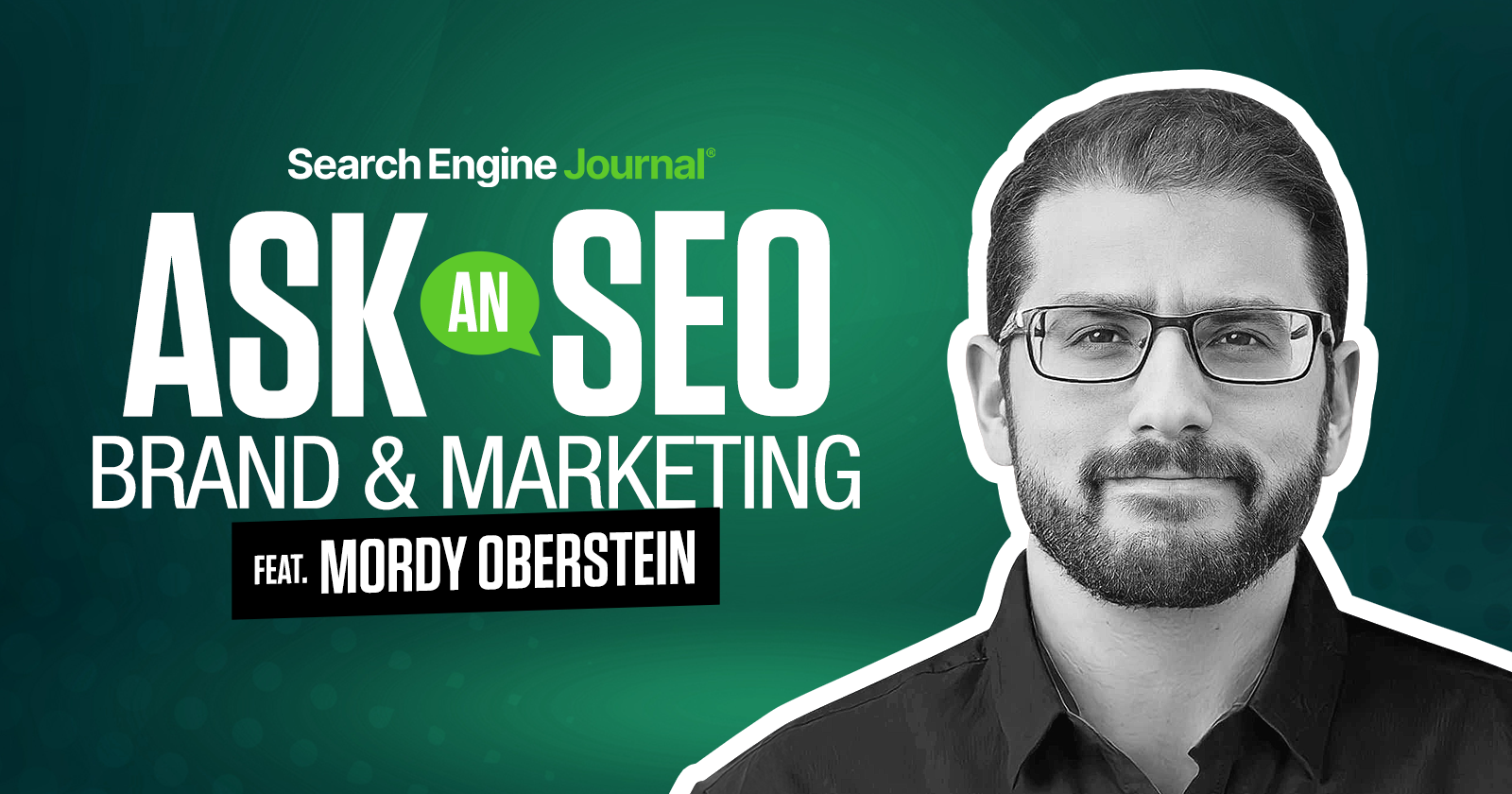Nielsen's new owners face pressure to measure better at lower cost
Healthy profits that helped attract buyout may be unsustainable even if Nielsen can maintain dominance.

Nielsen’s proposed sale to a private equity consortium would eliminate public investor scrutiny at a time when it’s been getting plenty. But it won’t eliminate industry pressure for the highly profitable company to do a better job for less money.
Nielsen’s rich profits were part of the bargain for the investor group headed by Elliott Investment Management's Evergreen Coast Capital Corp., which announced yesterday it would take the measurement giant private. Ultimately, however, preserving Nielsen’s dominance may require either a bigger investment or more aggressive pricing that could eat into that profit at least short term, said analysts and industry executives.
A guide for brands on the Nielsen turmoil
At a value of $28 a share, the $16 billion all-cash transaction takes Nielsen back to its value last May, before a long stock slide that began after the company disclosed that it had been undercounting U.S. TV audiences for more than a year due to changes in the maintenance of its household panel during the pandemic.
Subsequently, Nielsen’s accreditation by the industry’s Media Rating Council was suspended. The company has been working to restore its accreditation, while also developing its next-generation Nielsen One product based on millions of household devices, which is slated to launch later this year.
Big money in TV ratings
Often lost in the story of increasing pressure on Nielsen from rivals is just how much money the company makes as the still-dominant player in U.S. TV ratings (plus radio and digital). Last year’s divestiture of the far-less-profitable NielsenIQ retail measurement business left behind a highly profitable media measurement business.
Nielsen’s operating margin on $3.5 billion in revenue last year was 25%. Its cash flow (earnings before interest, taxes, depreciation and amortization) margin was an even richer 43%. Both are better generally than for the TV networks and agencies using that data to do business.
Increasingly, Nielsen has been drawing unfavorable comparisons for what it charges in the U.S. compared to costs for measuring media elsewhere.
“The TV industry is looking to reduce the sum it spends on measurement,” said Jon Watts, managing director of the Coalition for Innovation in Media Measurement in an interview last week before Nielsen’s sale was announced. The Broadcasters' Audience Research Board—an industry-operated group in the U.K.—operates on $40 million to $50 million, he said. Based on the relative size of the markets, that “would imply in crude back-of-the-envelope terms that the U.S. should be spending $250 million to $300 million,” he said. “We know we’re funding Nielsen alone to the tune of three to four times that sum if not more.”
Need to sacrifice profit?
Of course, that’s just what makes Nielsen so profitable for private equity investors, who quickly bumped their offer up 10% from one that Nielsen's board rejected last week. Despite the seemingly frothy 4.6 times revenue multiple they’re paying, the EBITDA multiple of 10.2 is far more conservative for an ad tech or data company, said one executive in the industry, who asked not to be identified because his company works with Nielsen.
The modest EBITDA multiple likely owes to Nielsen’s relatively slow growth—4% last year, he said. And while preserving the profitability that comes with Nielsen’s dominance would seemingly be a high priority for new owners, keeping that dominance may require sacrificing profit at least short-term—something that wouldn’t go over well in public markets.
Private equity owners have come into the research and measurement industry with one of three strategies, he said. Those would be cost cutting, synergy-creating rollups, or aggressive growth. Given that Nielsen is already highly profitable, and that Elliott already pushed to do away with the synergy strategy of past owners and management by jettisoning NielsenIQ, that leaves growth as the likely focus. And Elliott’s track record of investing in tech platforms such as Pinterest and Twitter reinforces that.
Elliott and Evergreen in a statement didn’t provide much guidance on their plans, but said the investment “will help Nielsen reinforce its transformation at this critical inflection point,” adding that it plans to continue to partner with CEO David Kenny “and the existing management team to lead Nielsen after the transaction is completed.”
Nielsen also won’t have to divulge as much publicly about its progress on Nielsen One if there are bumps along the way, as seems likely from recent history given a tongue lashing from the TV industry’s Video Advertising Bureau earlier this month about the first output from the company’s big data set.
A rule of thumb that Kenny acknowledged last year, in questioning by an analyst on an investor call, was that Nielsen's revenue from TV measurement equals about 2% of the media spending it measures. That’s about double the 1% take for the digital measurement side. Nielsen then was working to close that gap by getting paid better for digital measurement.
For Nielsen One, which straddles the TV and digital divide to measure video audiences everywhere, the company has indicated it wants pricing similar to what it charges for current panel-based TV ratings, according to people familiar with the matter. Nielsen declined to comment on pricing.
But maintaining pricing, much less improving it, may be a tall order if competitors such as Comscore, VideoAmp and iSpot.tv are selling similar data for less, and given that TV networks have been inviting in competitors for what they hope will be a multiple-currency market.
“For any version of Nielsen, current as-is or next after-sale, the ad industry needs are identical: deep disclosures and real transparency, commitment to the modernization that sharply increased competition demands, and increased collaboration rather than collision with their clients and customers,” said VAB CEO Sean Cunningham in a statement. “We are rooting hard for these overdue outcomes from any version of Nielsen."
Register for Ad Age Next: Streaming at AdAge.com/NextStreaming.

 JimMin
JimMin 































